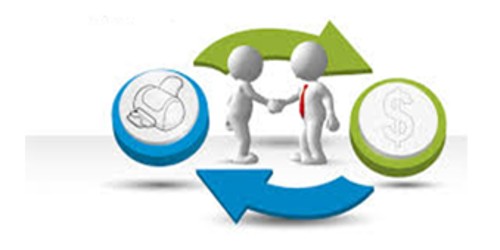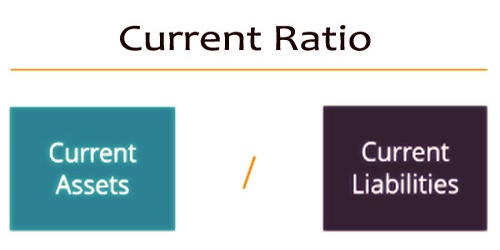Target pricing is a technique used by businesses to determine the selling price of a product based on market prices. It is a pricing strategy in which the selling price of a product or service is determined first, followed by the cost calculated by reducing the profit margin. It is a method that works best in highly competitive markets where the level of demand influences price changes. The starting target price is based on the most competitive price in the market that a customer might be willing to pay for that product or service. You can learn how to calculate the price of a prospective good and infer how likely it is to sell and make a profit by using target pricing. As the name implies, the target selling price is established first, followed by the rest of the calculations.
Target pricing is the process of estimating a competitive market price and applying a firm’s standard profit margin to that price to determine the maximum cost that a new product can have. A design team then attempts to create a product with the required features while staying within the budget constraints. If the team is unable to complete the product within the budget constraints, the project is canceled. Taking this approach ensures that a company earns a reasonable profit across its product line without being burdened by low-profitability products.
Importance of Target Pricing
In some markets, rather than calculating the price based on the costs incurred, it is more productive to first determine how much a customer is willing to pay. Because demand is so high in these scenarios, the target pricing method is very useful. If the price is not in line with what the market is willing to pay, the product or service will not sell.
If the company lowers its prices due to market pressure, it will incur losses because the costs will be high, and lower prices will result in a loss or reduction in profit. So, if the target pricing method is followed correctly, the price will be in a good range, but the costs will always be lower because they were calculated backward from the price itself, which will help the company to make profits in the long run.
Advantages of Target Pricing
- This method is quite practical in that it places the customer at the center of pricing rather than the cost. You can learn how to calculate the price of a prospective good and infer how likely it is to sell and make a profit by using target pricing.
- Target pricing gives the company a heads up when planning product features so that the target cost is never exceeded. It enables a company to experiment with resource utilization that is both innovative and efficient.
- If the exercise is done correctly to begin with, target pricing provides a close estimate of profitability and market share. It leads to innovative and long-term cost-cutting measures, as well as technological and economic gains for the company.
- The company has complete control over the product or service. Customers can enjoy better products at lower prices because the company handles the costs rather than the customer, which means that there may be a greater volume of high-value items available for purchase.
Disadvantages of Target Pricing
- If the exercise is not done or evaluated correctly, it can cause a major problem on the business front and result in losses. The entire business strategy is dependent on estimating the final selling price of the product correctly. Any pricing error will have a negative impact on the rest of the marketing strategy.
- If the target cost is very low, the company may be forced to compromise on product features, even if it has the technology or expertise to add them to the product.
- If the company estimates a too-low target price and imposes too-stringent constraints on the development and manufacturing departments, those departments will be saddled with an unrealistic burden of producing the product.
















